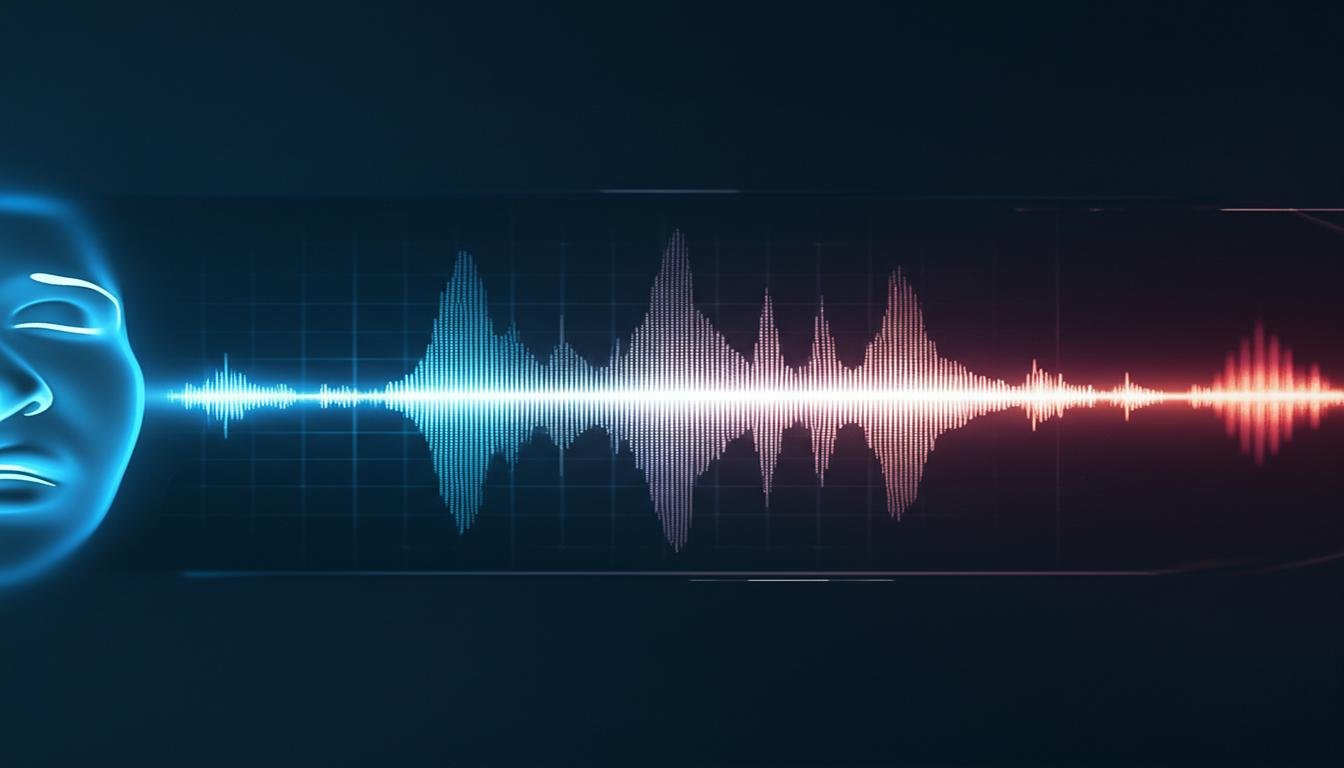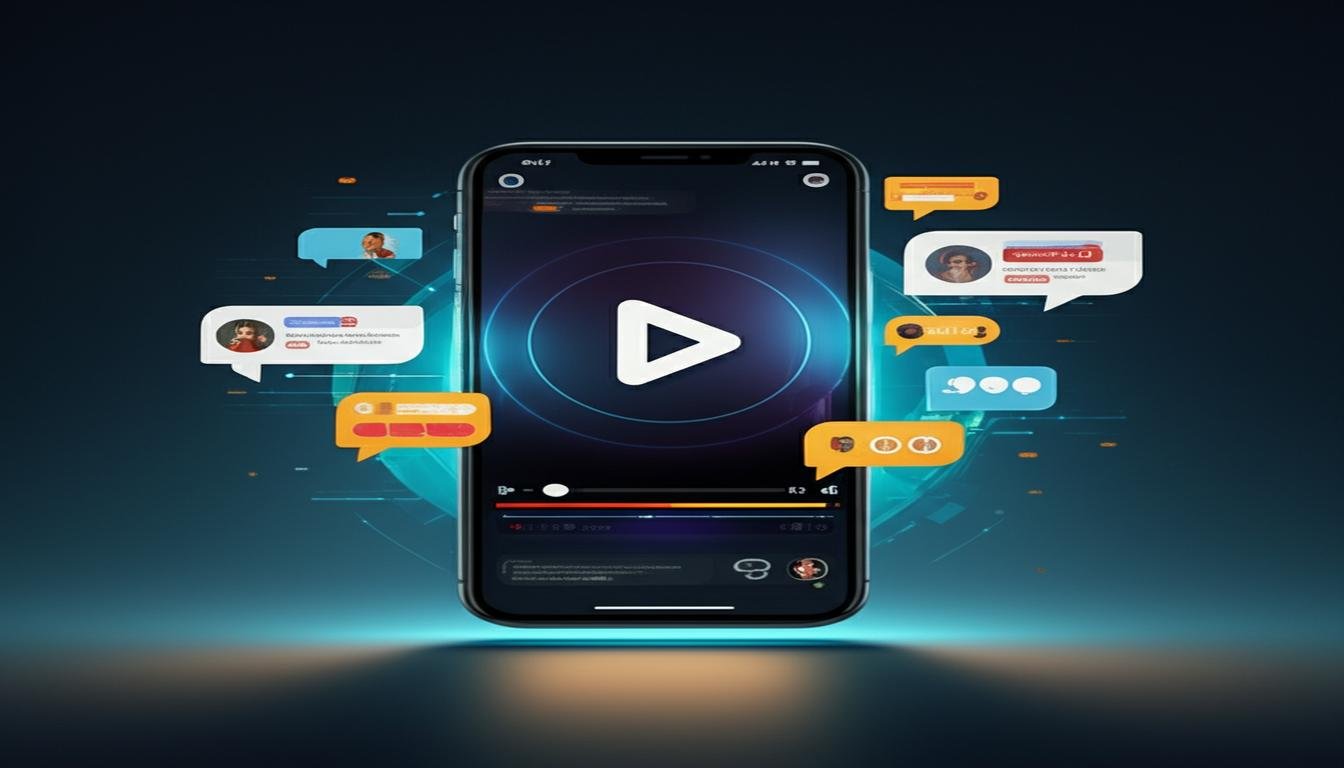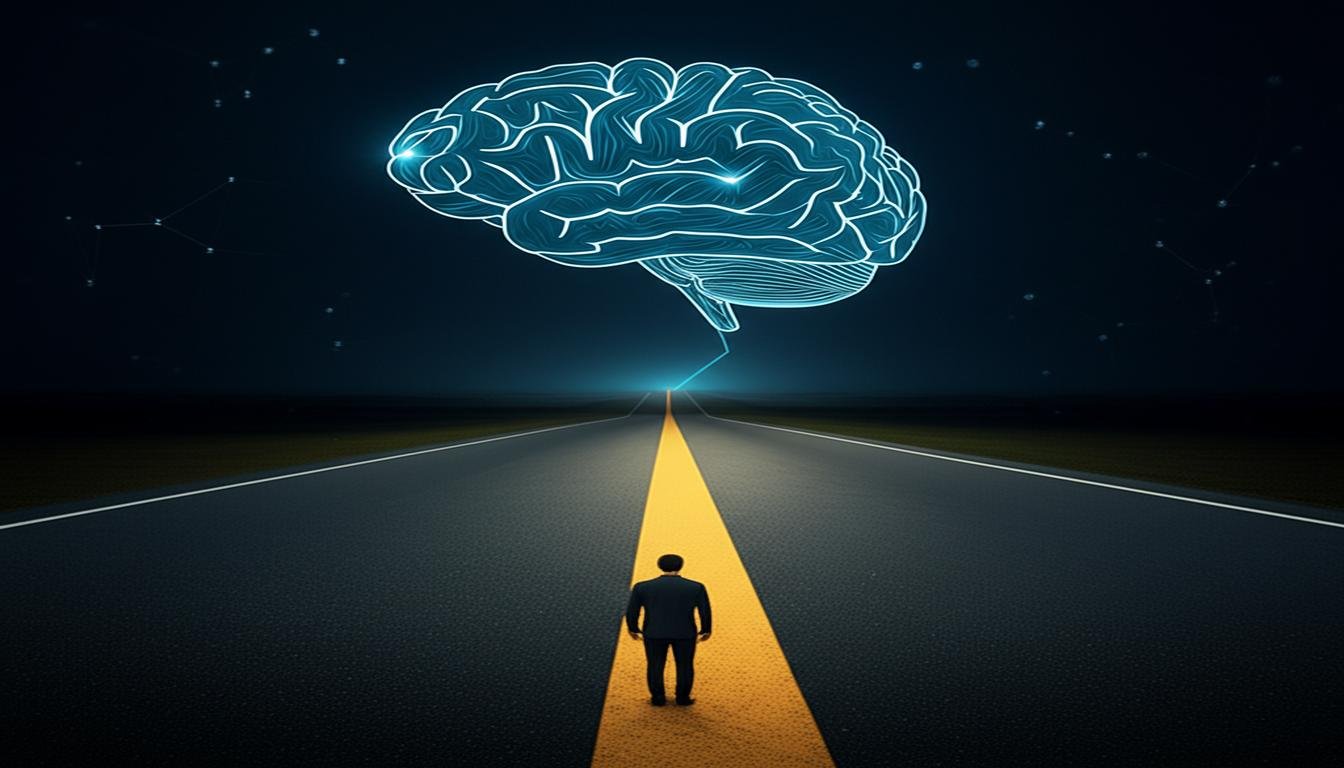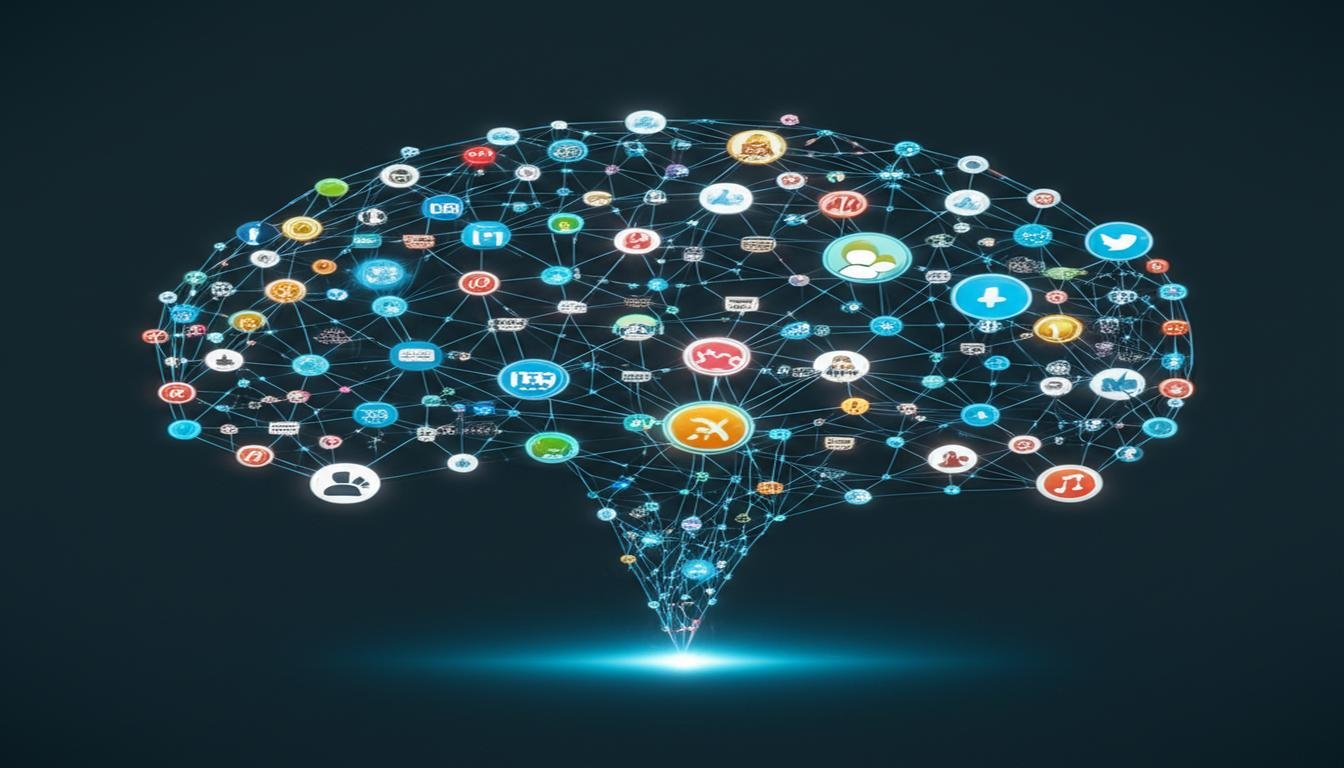Can AI Predict the Next Viral Meme? We Tested It—Here’s What Happened
Ever scroll through your feed and wonder, “Where did *that* come from?” Memes, those quirky, often hilarious nuggets of internet culture, seem to pop up out of nowhere, take over our screens, and then, just as quickly, fade away. They’re unpredictable, spontaneous, and utterly human. But what if we told you we tried to get an AI to predict the next big one? Yep, we put artificial intelligence to the ultimate test: forecasting internet fame.
The idea sounds wild, right? After all, memes are fueled by inside jokes, cultural moments, and often, pure randomness. Could a machine truly grasp the nuances of human humor and the fleeting nature of digital trends? We were super curious, so we decided to find out. Here’s the story of our little experiment.
The Meme Machine: Our AI Setup
Our goal was simple: train an AI to spot the early signs of a meme going viral. We gathered a massive dataset. Think millions of social media posts, trending topics from the past five years, image recognition data, video clips, and engagement metrics (likes, shares, comments). We wanted our AI, let’s call it ‘TrendBot 5000,’ to analyze:
- Novelty: How unique or fresh was the content?
- Relatability: Did it tap into common human experiences or feelings?
- Adaptability: Could it be easily remixed or customized by others?
- Emotional Resonance: Did it evoke strong feelings like joy, confusion, or amusement?
- Growth Patterns: How quickly did initial engagement spread?
After weeks of training, TrendBot 5000 was ready. We gave it access to real-time social media streams, filtering for nascent, non-viral content. The mission: identify five potential memes that would explode in the next week.
The Big Reveal: What Did TrendBot 5000 Predict?
Honestly, the anticipation was huge. We half-expected it to pick something completely absurd, or perhaps something already *too* niche. Here’s what it flagged:
- A very specific, slightly blurry image of a cat looking confused while wearing a tiny hat. (It scored high on “novelty” and “emotional resonance” for cuteness).
- A short, looping video of someone attempting to bake sourdough bread but failing spectacularly in a relatable way. (High on “relatability” and “adaptability”).
- A series of tweets using a particular, slightly unusual phrase in various contexts. (Scored for “adaptability” and “growth patterns” in early usage).
- A screenshot from an old, obscure movie, with a character looking sternly into the distance. (Ranked high on “novelty” and “emotional resonance” for perceived gravitas).
- A zoomed-in photo of a peculiar-looking vegetable found in a grocery store. (Scored on “novelty” and “potential for humor”).
Okay, so some of these sounded plausible, others… less so. We monitored these predictions closely over the following seven days.
The Verdict: Did Our AI Crack the Meme Code?
Drumroll, please…
Not really, no. Not in the way we hoped, anyway.
The Near Misses:
- The sourdough video *did* gain some traction! It wasn’t a global phenomenon, but it got shared quite a bit in baking communities and saw a decent spike in views. TrendBot 5000 picked up on a genuine human desire to relate to kitchen mishaps.
- The cat with the hat got a few thousand likes, mostly from cat-loving accounts. It was cute, but didn’t *explode*.
The Complete Misses:
- The peculiar vegetable, the old movie screenshot, and the unusual phrase? They mostly just… existed. No viral explosion. No mass adoption. They just faded into the digital background, unnoticed by the wider internet.
What’s truly fascinating is what TrendBot 5000 *missed*. During that same week, a completely unrelated, highly ironic video of a person dancing awkwardly to an obscure song went absolutely bonkers. It had none of the “metrics” our AI was looking for initially. It was just… weird. And people loved it.
Why It’s So Tricky: The Human Element
Our experiment showed us something really important: while AI is incredible at pattern recognition and data analysis, it struggles with the unpredictable, often illogical nature of human humor and connection. Here’s why we think it fell short:
- Context is King: AI can identify patterns, but it doesn’t truly understand *why* something is funny or relevant in a specific cultural moment.
- The “X” Factor: Sometimes, things go viral because of pure serendipity, a perfect storm of timing, a random celebrity endorsement, or just an inexplicable wave of collective amusement. AI can’t predict that lightning in a bottle.
- Emotion vs. Data: Memes often tap into complex emotions – irony, nostalgia, shared frustration. AI can see indicators of emotion, but it doesn’t *feel* them.
- Speed of Culture: Internet culture moves at warp speed. What’s trending today can be old news tomorrow. AI models, even with real-time data, might always be a step behind.
So, Can AI Predict Viral Memes? The Honest Truth
Based on our test, not reliably. Not yet, anyway. While AI can certainly help identify emerging trends, analyze sentiment, and even suggest content that *might* resonate, it can’t definitively predict the next truly viral meme.
The magic of a viral meme still seems to lie with us, the humans. Our collective sense of humor, our shared experiences, our sometimes-unpredictable desire to share something bizarre or incredibly relatable. It’s a spontaneous, organic process that algorithms haven’t quite mastered.
What This Means for You
Don’t wait for an AI to tell you what’s going to be big. The next viral sensation could be that funny photo you took of your pet, a silly thought you tweet, or an unexpected reaction to something you saw online. Keep creating, keep sharing, and keep an eye out for those delightful, unexpected moments. Because frankly, that’s where the real fun of the internet happens!









